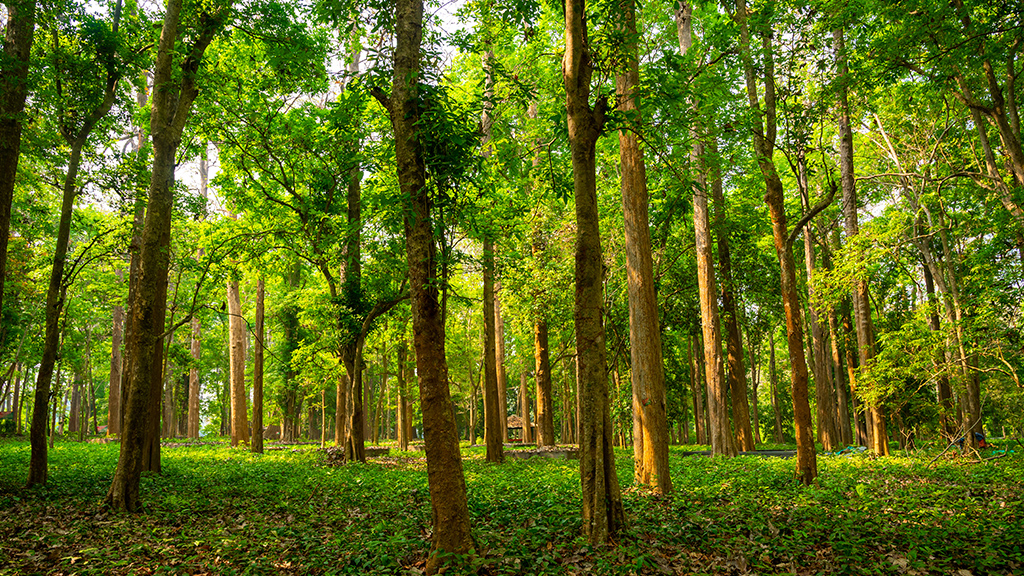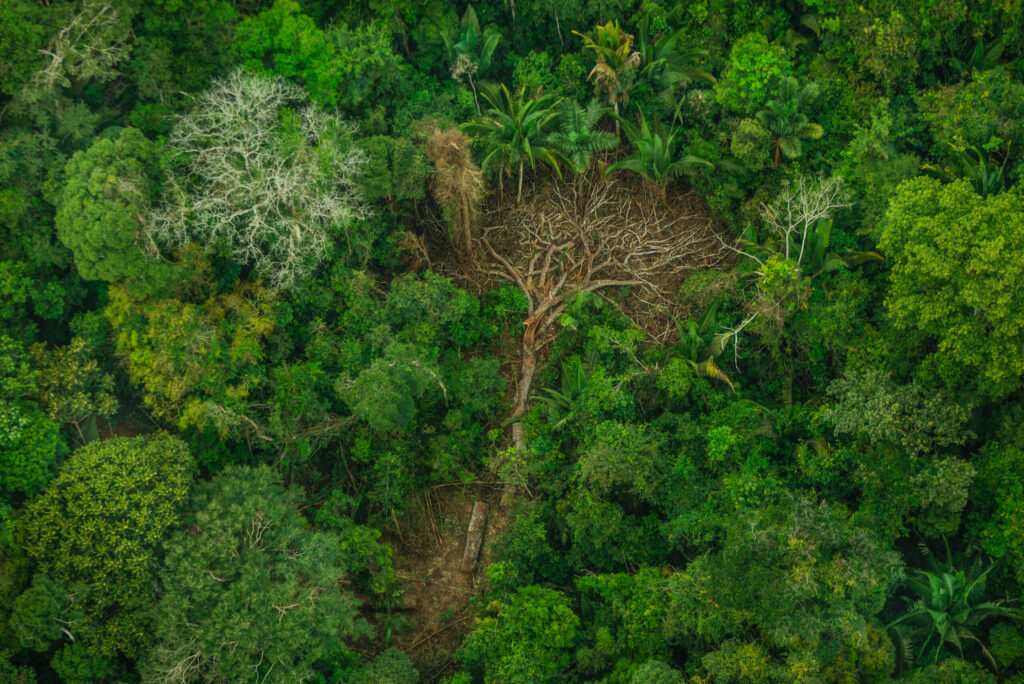Environmental Impact of Wood’s Carbon Sequestration

Climate change is one of the most pressing challenges of our time, and carbon sequestration—the process of capturing and storing carbon dioxide (CO₂)—plays a crucial role in mitigating its effects. Wood, as a natural material derived from trees, is an essential component of this process.
Through photosynthesis, trees absorb CO₂ from the atmosphere and store it in their trunks, branches, leaves, and roots. Forests, therefore, act as powerful carbon sinks, helping to reduce greenhouse gas levels. Even after harvesting, wood continues to store carbon when used in durable products like furniture and construction materials.

How Wood Sequesters Carbon
- During Growth: Trees absorb CO₂, storing carbon within their biomass.
- In Wood Products: Long-lasting wood items, such as furniture and buildings, continue to hold carbon for decades.
- In Forest Ecosystems: Trees contribute to soil carbon enrichment, enhancing long-term carbon storage.
Environmental Benefits
- Climate Change Mitigation: Trees and wood-based products help lower greenhouse gas emissions by capturing and storing CO₂.
- Sustainable Material: Wood production has a lower environmental impact than materials like concrete or steel, requiring less energy and producing a smaller carbon footprint.
- Forest Conservation: Responsible forestry practices ensure carbon storage while preserving biodiversity and ecosystems.

Why Specific Timber Matters
Choosing the right timber for the correct purpose ensures longevity and performance of the wood components. Using frame-specific timber for shutters can lead to unnecessary weight and instability, while using shutter-specific timber for frames can result in inadequate support and structural failure.
The right timber also plays a significant role in the maintenance and appearance of the structure. Timber that is not suited for a specific application can warp, crack, or degrade faster, leading to additional repair or replacement costs.
Conclusion
Wood’s natural ability to sequester carbon makes it an invaluable resource in the fight against climate change. By supporting sustainable forestry and opting for eco-friendly wood products, we can maximize its potential to reduce atmospheric CO₂ and contribute to a greener planet. Let’s take action—support sustainable wood use and plant more trees for a healthier future!
Related Post
 Wood Flooring Maintenance 101: Seasonal Care Guide for Indian Homes
Wood Flooring Maintenance 101: Seasonal Care Guide for Indian Homes 5 Common Mistakes People Make When Buying Wooden Doors (And How to Avoid Them)
5 Common Mistakes People Make When Buying Wooden Doors (And How to Avoid Them) Teak Wood Main Door Price in Bangalore: Complete 2025 Price Guide
Teak Wood Main Door Price in Bangalore: Complete 2025 Price Guide Best Wood for Furniture in India: The Complete Comparison Guide
Best Wood for Furniture in India: The Complete Comparison Guide Teak Wood Price in Bangalore – Latest Rates & Quality Options
Teak Wood Price in Bangalore – Latest Rates & Quality Options What is the Difference Between Sawnwood and Thermowood?
What is the Difference Between Sawnwood and Thermowood? Best Wood For Furniture: 12 Expert Picks You Should Know
Best Wood For Furniture: 12 Expert Picks You Should Know What is the Difference Between Teak and Burma Teak Wood?
What is the Difference Between Teak and Burma Teak Wood? What is Air Drying in Timber?
What is Air Drying in Timber? Why Burma Teak is the King of Wooden Flooring Materials
Why Burma Teak is the King of Wooden Flooring Materials How to blend traditional woodwork with modern interiors
How to blend traditional woodwork with modern interiors The Bee Hole Phenomenon in Burma Teak: A Unique Feature
The Bee Hole Phenomenon in Burma Teak: A Unique Feature Not All Timber Can Be Used for All Purposes
Not All Timber Can Be Used for All Purposes


